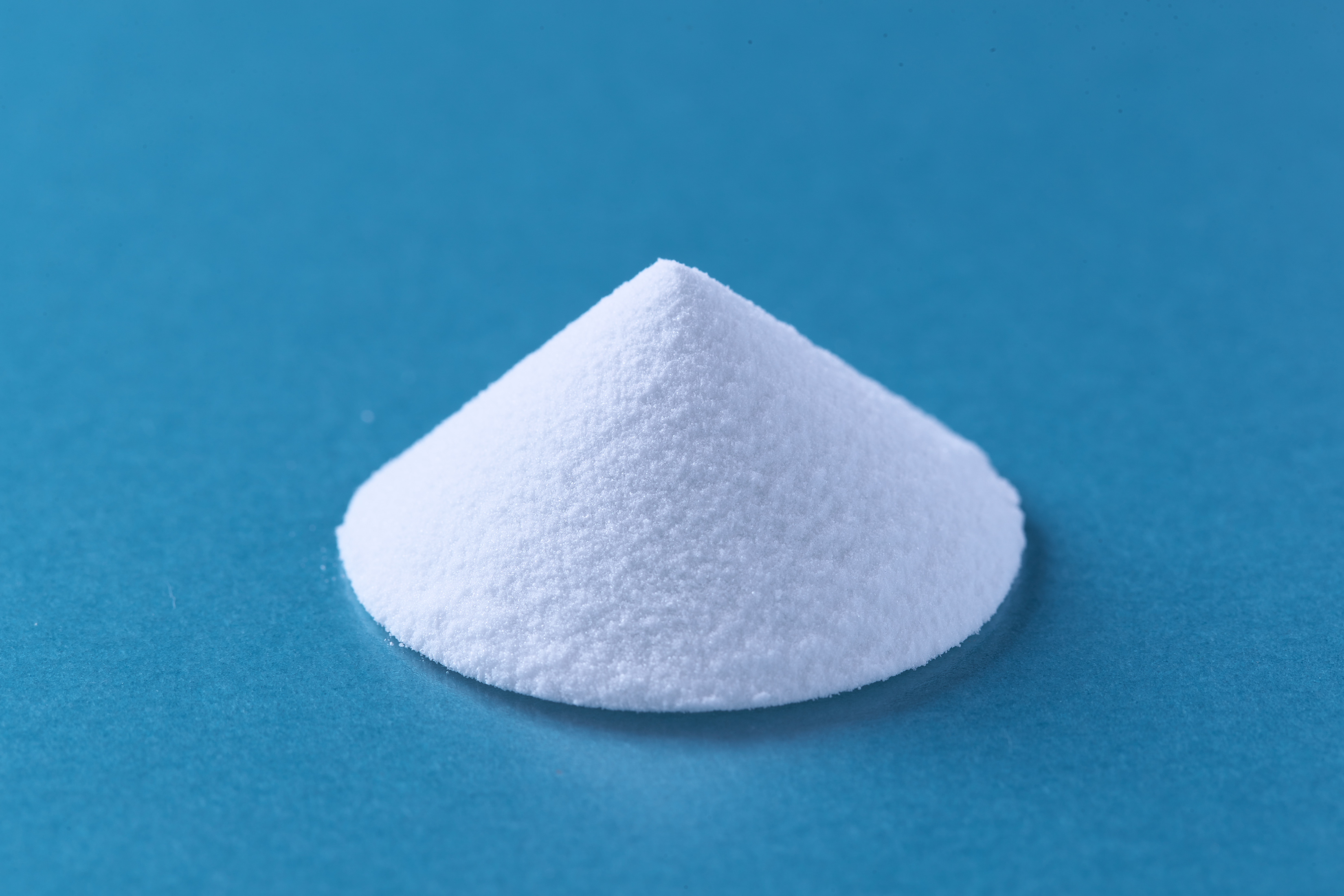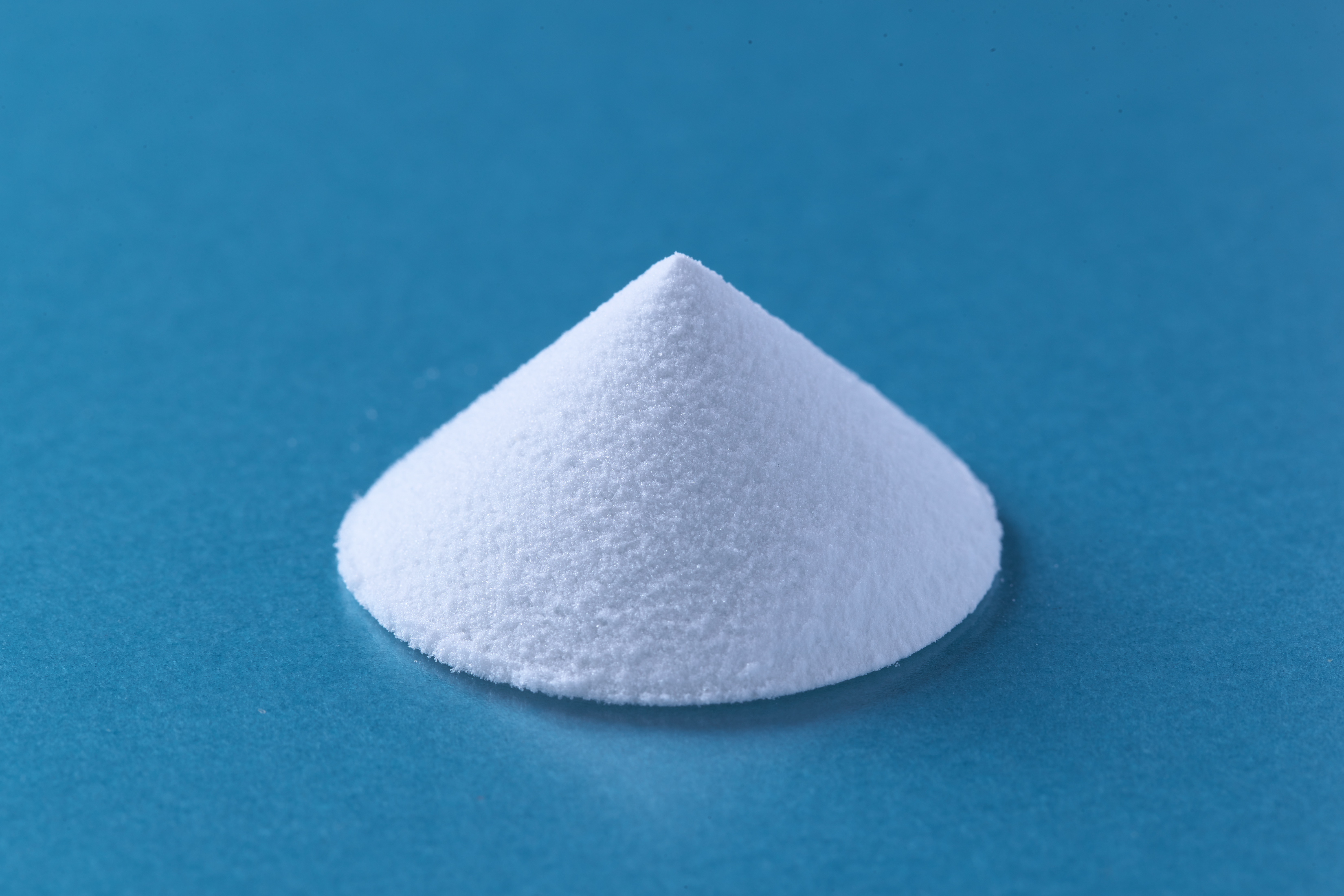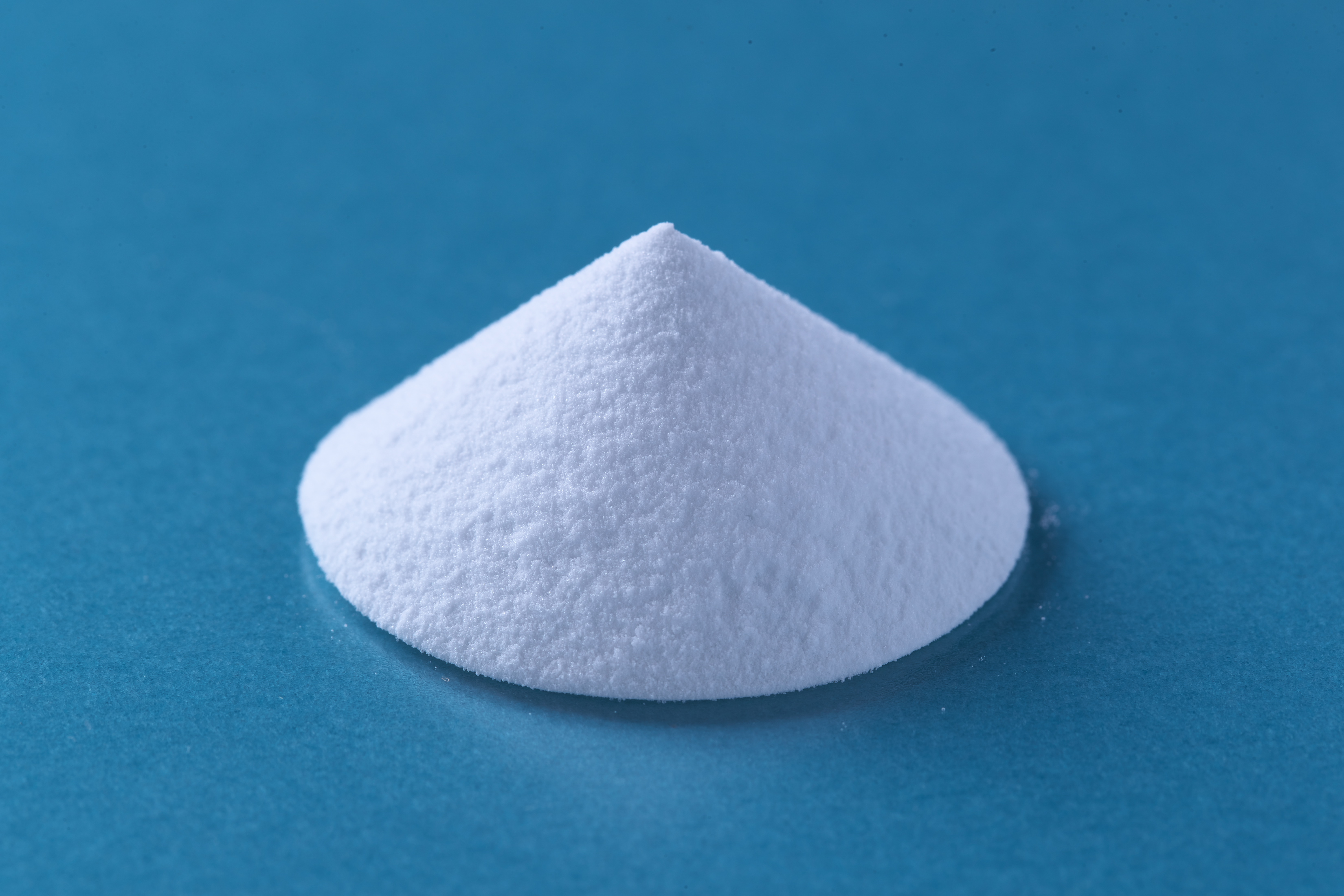 Functions of HMO
Functions of HMO
Prebiotics
HMOs are not digested in the intestine and most of the ingested HMOs reach the large intestine to work as prebiotics*, the food for beneficial bacteria in the gut. HMOs are known to support a development of healthy microbiome of infants.
* What is the Prebiotics?
Prebiotics is defined by The International Scientific Association for Probiotics and Prebiotics (ISAPP) that
“a substrate that is selectively utilized by host microorganisms conferring a health benefit.”

Contribution to Immune System
Structures of HMOs resemble the receptors on the cells that pathogens adhere to get access to human body. It is estimated that more than 40 % of consumed HMOs are eliminated from the gut. HMOs may help remove the pathogens from the body to establish an environment for beneficial bacteria to grow.

2’-Fucosyllactose is the most abundant HMOs naturally present in human breast milk, making up about 20-30% of all of HMOs.

3’-sialyllactose is one of the top 5 acidic HMOs having sialic acid residues in content.

6’SL is the most abundant acidic HMO having sialic acid residues.





